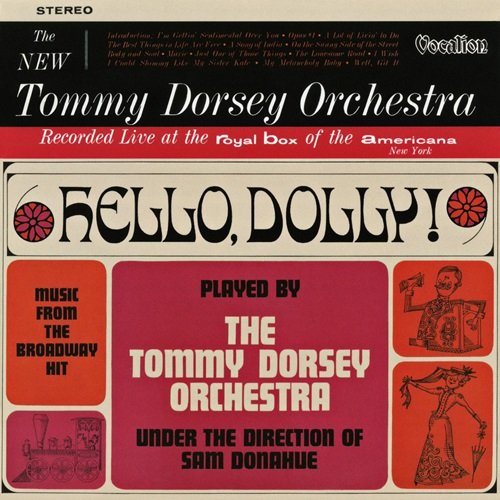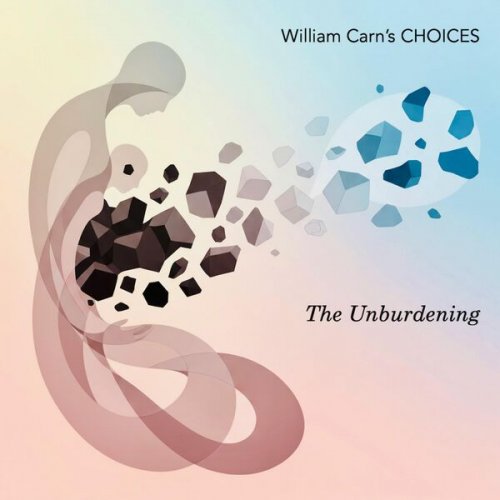Lard Free - Lard Free Box (Japan Reissue, Remastered) (2008)
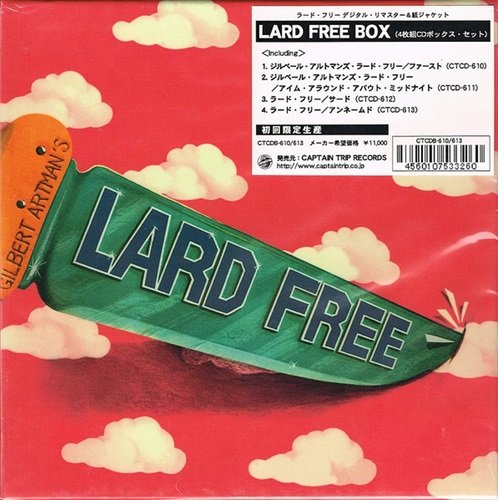
Artist: Lard Free
Title: Lard Free Box
Year Of Release: 2008
Label: Captain Trip Records
Genre: Avantgarde, Electronic, Prog Rock, Krautrock
Quality: Mp3 320 / Flac (tracks, ,cue, log)
Total Time: 02:35:37
Total Size: 1 Gb (scans)
WebSite: Album Preview
Tracklist:Title: Lard Free Box
Year Of Release: 2008
Label: Captain Trip Records
Genre: Avantgarde, Electronic, Prog Rock, Krautrock
Quality: Mp3 320 / Flac (tracks, ,cue, log)
Total Time: 02:35:37
Total Size: 1 Gb (scans)
WebSite: Album Preview
CD1 - Lard Free (1973):
1. Warinobaril (3:52)
2. 12 ou 13 juillet que je sais d'elle (part 1) (5:14)
3. 12 ou 13 juillet que je sais d'elle (part 2) (3:43)
4. Honfleur écarlate (4:55)
5. Acide framboise (6:40)
6. Livarot respiration (7:46)
7. Culturez-vous vous mêmes (4:17)
CD2 - I'm Around About Midnight (1975):
1. Violez l'espace de son réfrigérant (4:34)
2. In a Desert - Alambic (5:41)
3. Does East Bakestan Belong to Itself (6:43)
4. Tatkooz a roulette (7:52)
5. Pale Violence Under a Réverbère (4:14)
6. Even Silence Comes When Trains Come (4:30)
CD3 - III (1977):
1. Spirale Malax (17:13)
2. Synthetic Seasons Part 1 (3:25)
3. Synthetic Seasons Part 2 (8:40)
4. Synthetic Seasons Part 3 (5:21)
CD4 - Unnamed (1971-72):
1. La chevauchée des vaches qui rient (4:30)
2. Cochonailles (6:48)
3. Tobrouck 120 Kms (9:26)
4. Noisy Son Sec (8:02)
5. Choconailles (7:13)
6. Petit tripou du matin (8:08)
7. À chacun son boulez (6:47)
Despite the fact that this group is of French origin, due to the ability to play overly experimental and at the same time quite accessible music, many critics attribute it to the traditionally German genre of krautrock. However, the group "Lard Free" was only nominally, but in fact it was a project of drummer and keyboardist Gilbert Artman, who recorded records with a constantly changing line-up. The starting configuration of "LF", assembled in 1970, in addition to the founder himself, included François Mathivier (guitar), Jean-Jacques Mitte (bass, double bass), Dominique Trieloff (keyboards), Philippe Bollier (saxophone, clarinet) and Jackie Chantrier ( sound engineer). "Lard Free" first announced themselves as an extraordinary group in 1971, when they performed at the famous Parisian club "Golf Drouot".
Soon after this, the group acquired a manager - an employee of the magazine "Le Parapluie" Gilles Yepremyan, and later vibraphonist Robert Wood joined the lineup. With his participation, the group made some recordings, but they sat on the shelves until the end of the 90s and materialized on the collection of early unreleased songs "Unnamed".
The team's official debut was the disc "Gilbert Artman's Lard Free", which went on sale in 1973. By that time, the band had already undergone several personnel changes, and during the sessions Gilbert, François and Philippe worked with Hervé Aykhani, who was responsible for the bass and ARP synthesizer. The album was a mixture of free jazz, minimalism and Crimson progressive, and some of the moves made one remember Robert Fripp and Brian Eno. The recursive drum beat, monotonous bass, infrequent guitar swirls and soaring psychedelic saxophone gave the work a bewitchingly magnetic character, and some fragments could be called proto-ambient.
One way or another, already on the second full-length the band’s style changed a lot, and Artman and the company placed the main emphasis on meditative synthesizers, which brought the work of “Lard Free” closer to “Tangerine Dream”.
However, this was not surprising, since there was a serious redistribution of roles in the team, and the staffing table looked like this: Artman (drums, percussion, vibraphones, Hammond organ, tenor saxophone), Richard Piñas (guitar, bass, ARP and VKS3 synthesizers ), Alain Audet (VKS3, tenor saxophone) and Antoine Duvernay (alto saxophone, flute). However, none of Gilbert's aforementioned partners lasted until the next sessions, and the recording of "III" (popularly known as "Spirale Malax") took place with the participation of guitarist Javier Bolrier, synthesizer Yves Lantz and clarinetist Jean-Pierre Tiro. The first side of the album was occupied by the 17-minute composition "Spirale Malax", performed in the genre of noise space rock, and on the reverse there were calmer textures of the four-part space suite "Synthetic Seasons".
Many critics considered this work to be the best in the Lard Free discography, but Artman put an end to this and moved on to another project - Urban Sax. He returned to the name of his former team in the 2000s, and although the reunions were exclusively of a concert nature, the old men Bollier and Bollerier again worked with Gilbert.
Soon after this, the group acquired a manager - an employee of the magazine "Le Parapluie" Gilles Yepremyan, and later vibraphonist Robert Wood joined the lineup. With his participation, the group made some recordings, but they sat on the shelves until the end of the 90s and materialized on the collection of early unreleased songs "Unnamed".
The team's official debut was the disc "Gilbert Artman's Lard Free", which went on sale in 1973. By that time, the band had already undergone several personnel changes, and during the sessions Gilbert, François and Philippe worked with Hervé Aykhani, who was responsible for the bass and ARP synthesizer. The album was a mixture of free jazz, minimalism and Crimson progressive, and some of the moves made one remember Robert Fripp and Brian Eno. The recursive drum beat, monotonous bass, infrequent guitar swirls and soaring psychedelic saxophone gave the work a bewitchingly magnetic character, and some fragments could be called proto-ambient.
One way or another, already on the second full-length the band’s style changed a lot, and Artman and the company placed the main emphasis on meditative synthesizers, which brought the work of “Lard Free” closer to “Tangerine Dream”.
However, this was not surprising, since there was a serious redistribution of roles in the team, and the staffing table looked like this: Artman (drums, percussion, vibraphones, Hammond organ, tenor saxophone), Richard Piñas (guitar, bass, ARP and VKS3 synthesizers ), Alain Audet (VKS3, tenor saxophone) and Antoine Duvernay (alto saxophone, flute). However, none of Gilbert's aforementioned partners lasted until the next sessions, and the recording of "III" (popularly known as "Spirale Malax") took place with the participation of guitarist Javier Bolrier, synthesizer Yves Lantz and clarinetist Jean-Pierre Tiro. The first side of the album was occupied by the 17-minute composition "Spirale Malax", performed in the genre of noise space rock, and on the reverse there were calmer textures of the four-part space suite "Synthetic Seasons".
Many critics considered this work to be the best in the Lard Free discography, but Artman put an end to this and moved on to another project - Urban Sax. He returned to the name of his former team in the 2000s, and although the reunions were exclusively of a concert nature, the old men Bollier and Bollerier again worked with Gilbert.
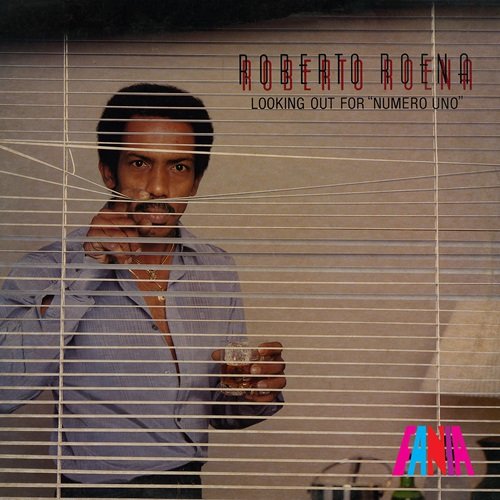
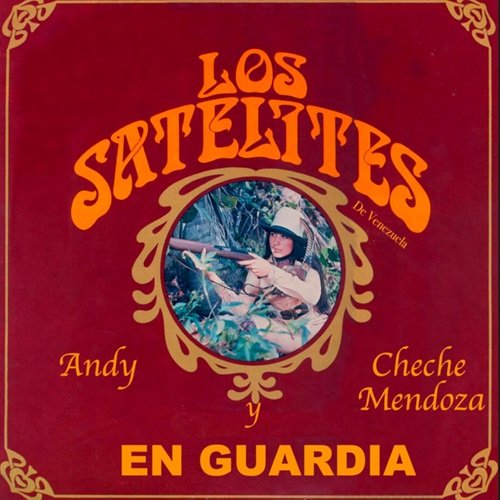
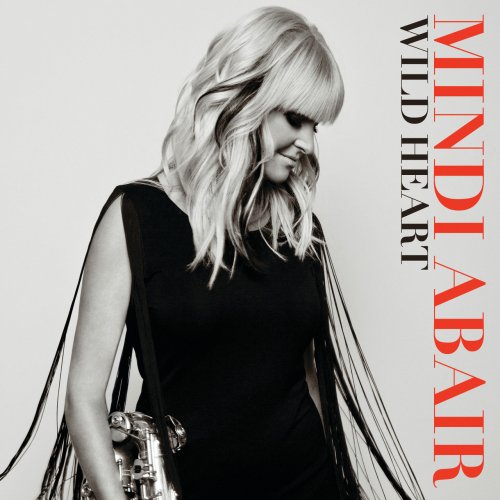
![Jamaican Jazz Orchestra - Rain Walk (2019) [Hi-Res] Jamaican Jazz Orchestra - Rain Walk (2019) [Hi-Res]](https://img.israbox.com/img/2025-12/21/snzv0mdiaf2dg21tiqrm87jaq.jpg)
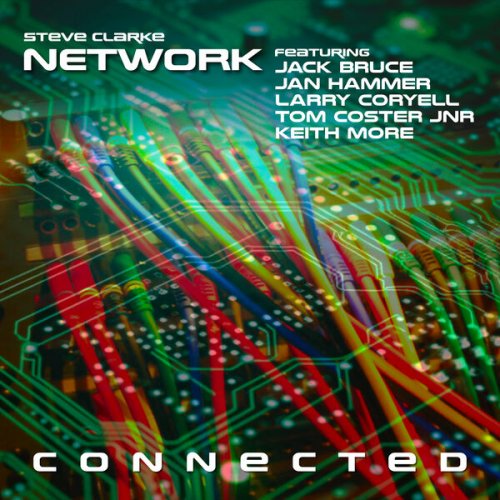
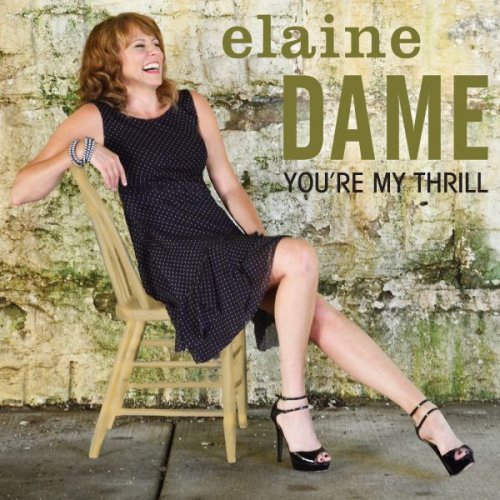
![The Ray Conniff Singers - Christmas With Conniff (1959) [Hi-Res] The Ray Conniff Singers - Christmas With Conniff (1959) [Hi-Res]](https://img.israbox.com/img/2025-12/22/w61i7ykfwmkn3wgh8p5soibu1.jpg)
